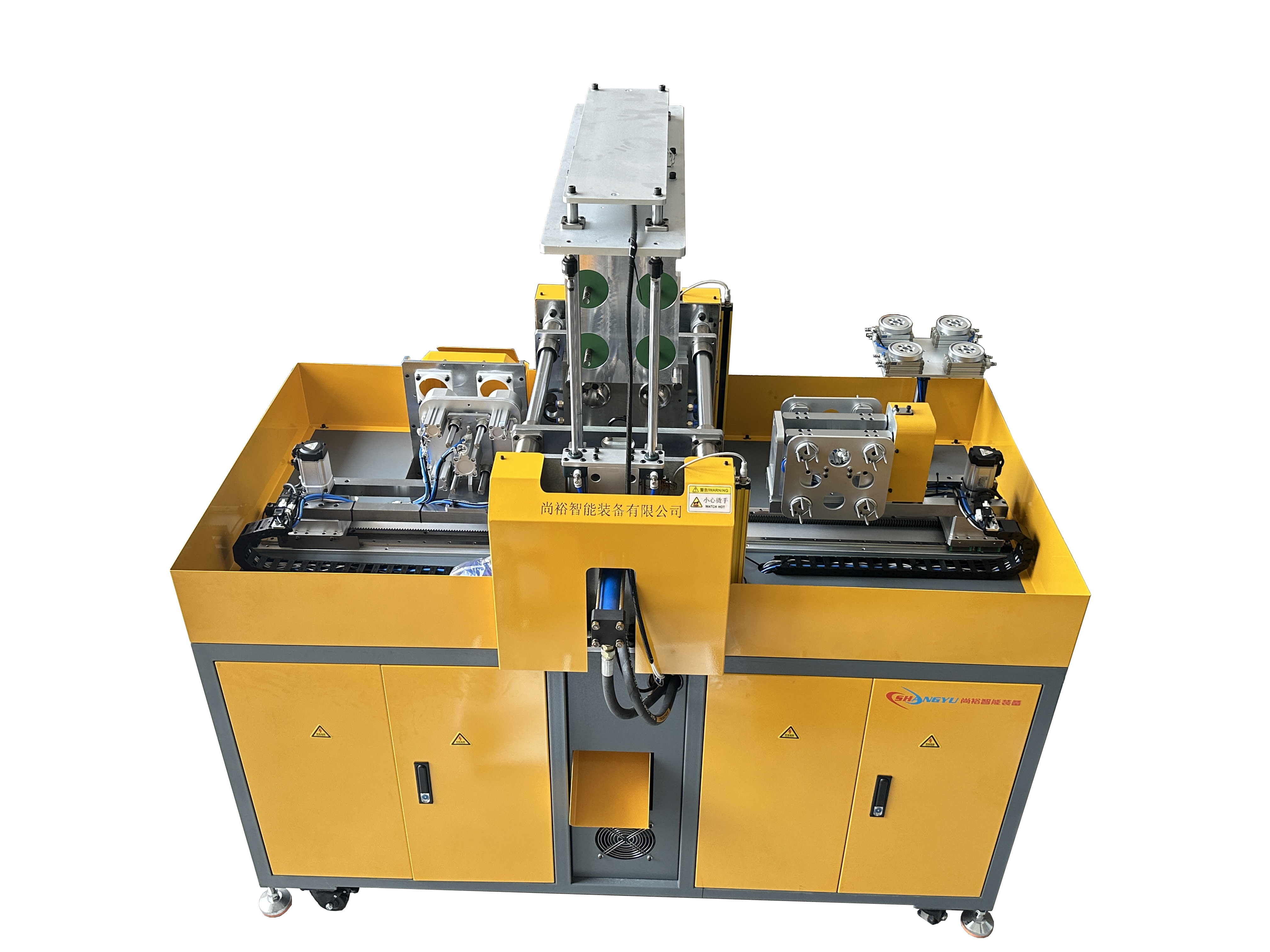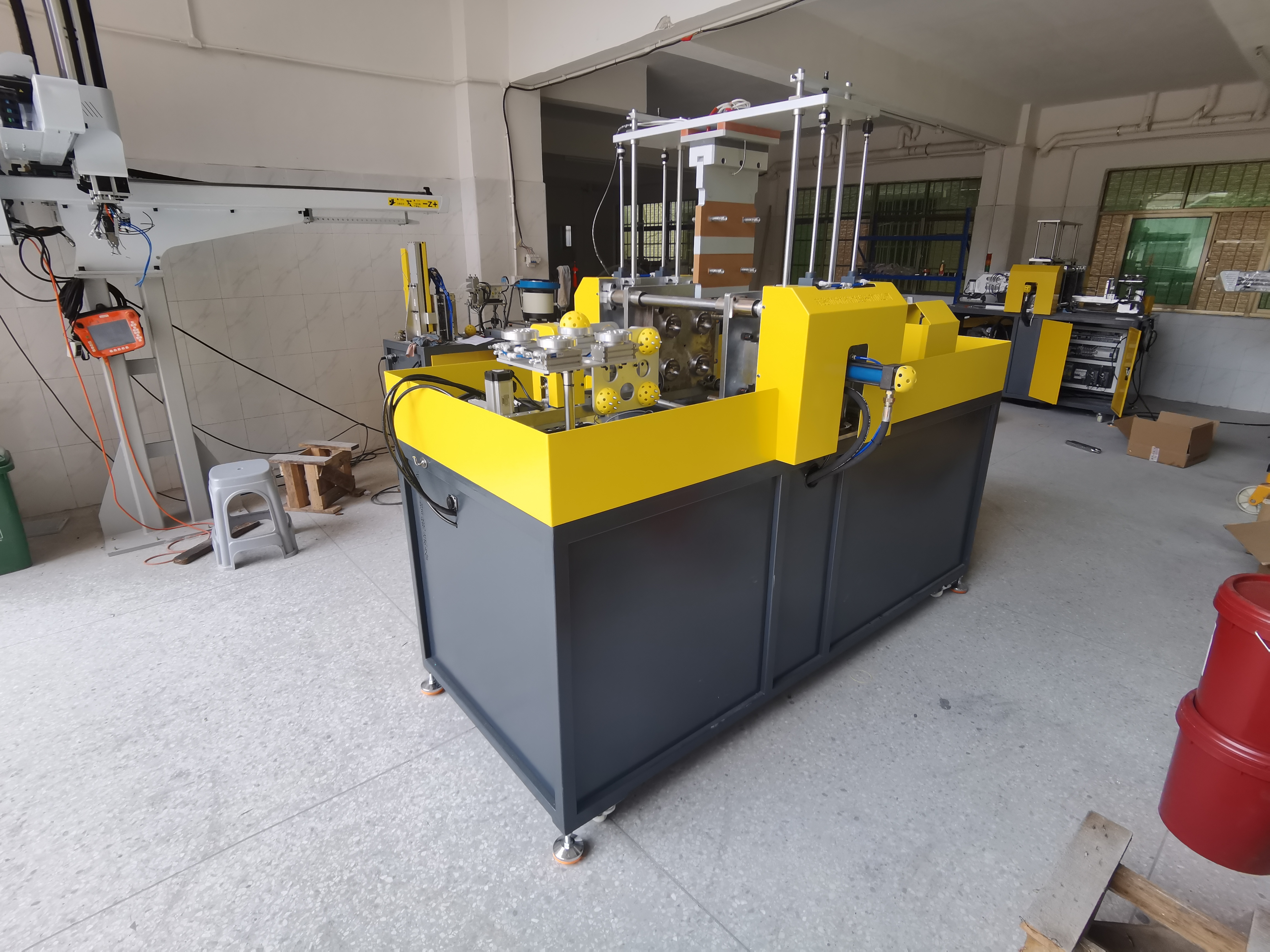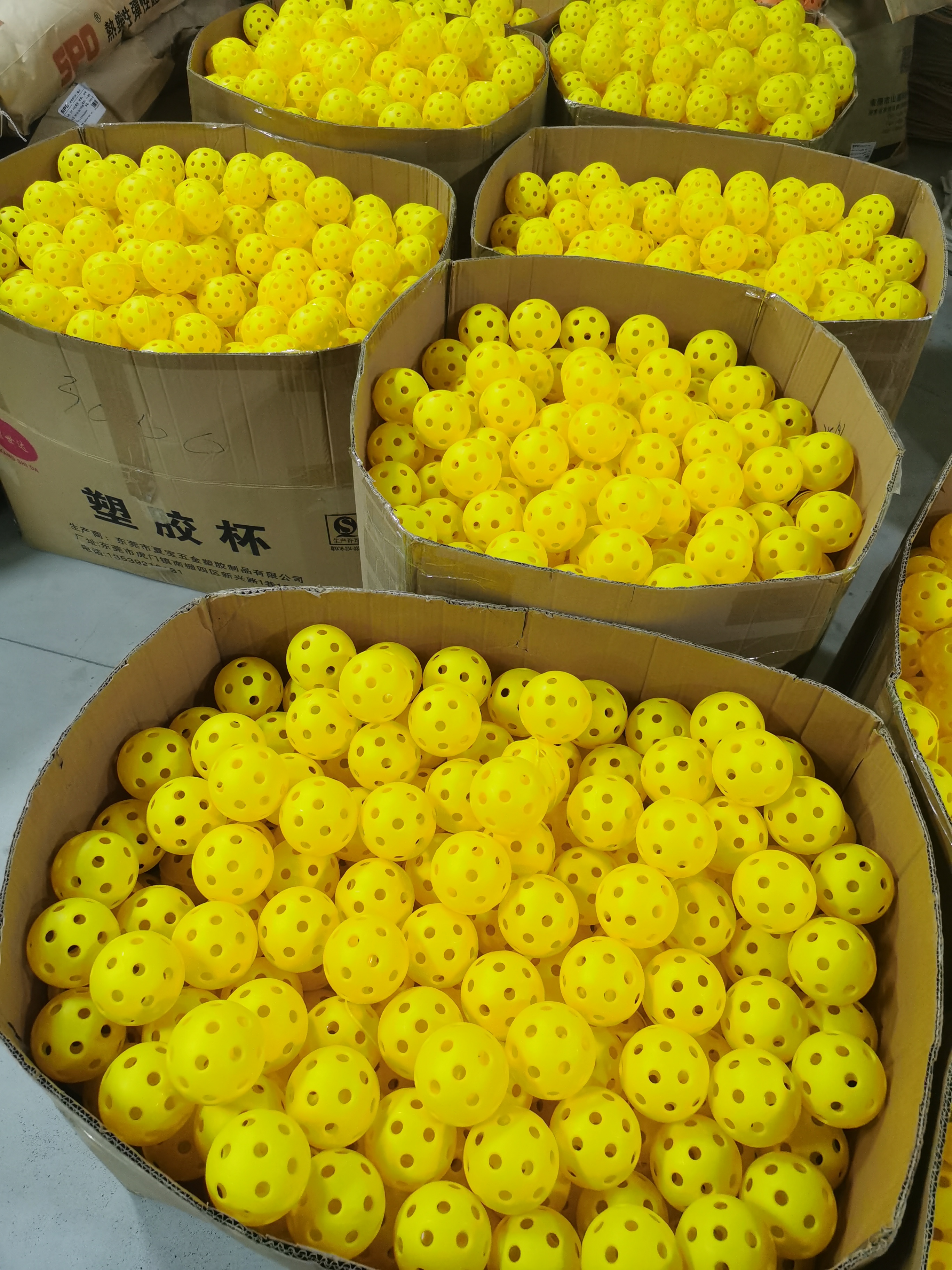The manufacturing of pickleball paddles requires precision and durability, which is why many factories turn to pickball full-automatic welding equipment to streamline production and ensure consistent quality. This advanced technology automates the welding process, helping manufacturers produce stronger, more reliable paddles with minimal human intervention. But how does this specialized equipment work, and what makes it so essential to the manufacturing process? Let's dive into the details.
The Role of Welding in Pickleball Paddle Manufacturing
Welding plays a crucial role in the construction of pickleball paddles, particularly when joining different materials like the paddle core and outer surface. High-end pickleball paddles are made from materials like composite, graphite, and fiberglass, which need to be bonded securely to withstand intense play. Traditional manual welding methods can be time-consuming and inconsistent, but pickball full-automatic welding equipment revolutionizes the process by delivering speed, precision, and uniformity.

How Pickball Full-Automatic Welding Equipment Works
The core function of pickball full-automatic welding equipment is to join the materials of the paddle without the need for manual labor. Here’s how the process works:
1. Material Preparation
The process begins with the preparation of the core and the surface materials of the pickleball paddles. Whether the paddle core is made of polymer, aluminum, or Nomex honeycomb, the materials must be properly aligned before welding. The pickball full-automatic welding equipment ensures perfect alignment through its automated setup, minimizing errors that can occur with manual positioning.
2. Automated Welding Process
Once the materials are positioned, the welding process begins. The pickball full-automatic welding equipment is programmed to perform precise welds, using controlled heat and pressure to bond the layers of the paddle. The automated nature of the equipment means that each weld is performed with the same level of accuracy, ensuring consistency across every pickleball paddle produced.
3. Quality Control Through Automation
Another advantage of this equipment is its built-in quality control features. Sensors and cameras monitor the welding process in real-time, ensuring that the bond between the core and the paddle surface is secure and uniform. If any irregularities are detected, the equipment can automatically adjust the settings or pause production to address the issue. This significantly reduces the chances of defective paddles entering the market.
4. Speed and Efficiency
One of the biggest advantages of pickball full-automatic welding equipment is its speed. Traditional manual welding can be slow and labor-intensive, but automation drastically speeds up the process. Manufacturers can produce more paddles in less time, allowing them to meet higher demand and reduce lead times.
5. Energy Efficiency
Many modern pickleball welding equipment suppliers design machines that are not only faster but also more energy-efficient. The equipment uses precise energy control systems that reduce waste and ensure that only the necessary amount of heat is applied during the welding process. This makes the equipment both cost-effective and environmentally friendly.

Benefits of Using Pickball Full-Automatic Welding Equipment
1. Consistent Quality
With automated systems, manufacturers can ensure that each paddle is made with the same precision and quality. This consistency is essential in providing players with paddles that perform reliably on the court.
2. Increased Production Capacity
Since pickball full-automatic welding equipment can work faster than manual labor, factories can produce a higher volume of paddles in a shorter amount of time. This allows manufacturers to keep up with market demand, especially as pickleball’s popularity continues to grow.
3. Reduced Labor Costs
Automation reduces the need for a large workforce to operate and monitor the welding process. While initial investment in the equipment may be high, the long-term savings in labor costs and increased productivity make it a worthwhile investment for manufacturers.
4. Precision and Safety
Automated welding systems operate with high precision, reducing the risk of human error and increasing overall safety in the production line. Operators can focus on supervising the equipment and performing quality checks, rather than being directly involved in the potentially hazardous welding process.
5. Customization Capabilities
Many pickleball welding equipment suppliers offer customization options, allowing manufacturers to adjust the equipment for different materials, paddle designs, and welding techniques. This flexibility is essential for brands that want to offer a variety of pickleball paddles tailored to different players and playing styles.

Conclusion
In the fast-paced world of pickleball paddle manufacturing, pickball full-automatic welding equipment offers a solution that combines precision, efficiency, and reliability. By automating the welding process, manufacturers can produce high-quality, durable paddles that meet the demands of both professional and amateur players. The involvement of advanced technology not only boosts production but also ensures that every paddle is crafted to perfection. As the sport continues to grow, investing in equipment from trusted pickleball welding equipment suppliers will remain a critical step in maintaining competitive edge and product quality.

